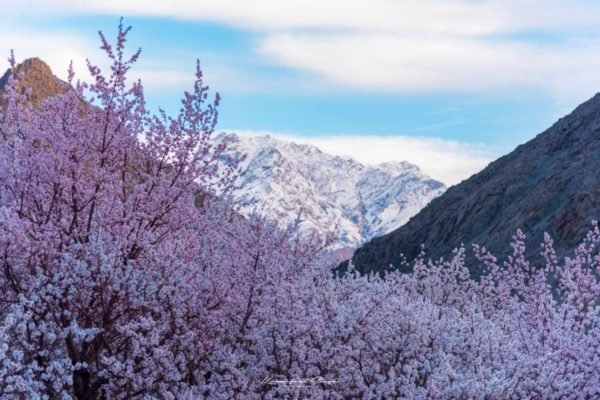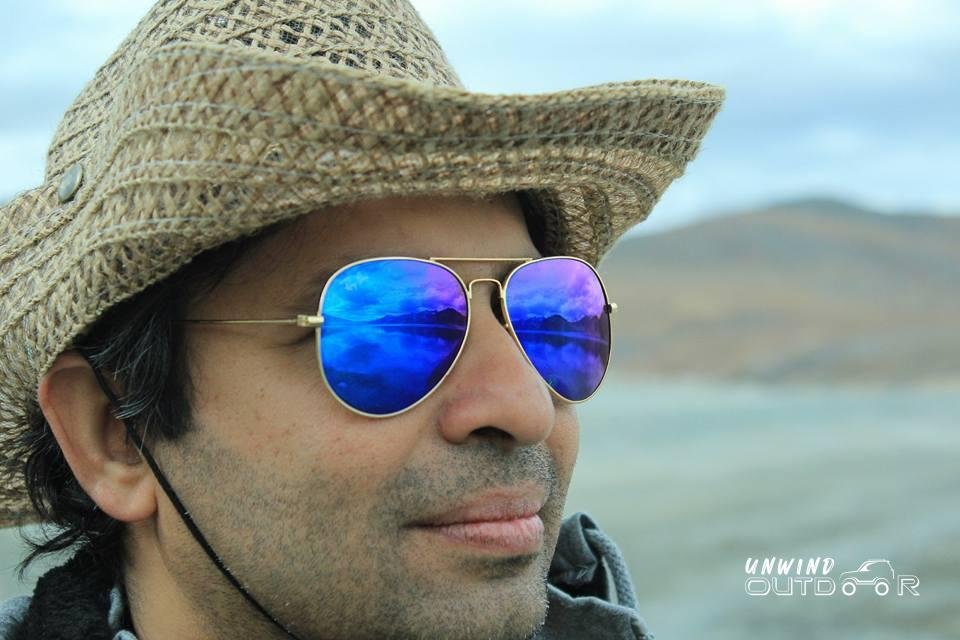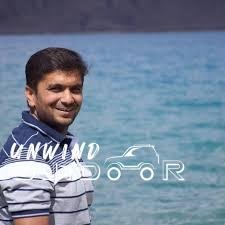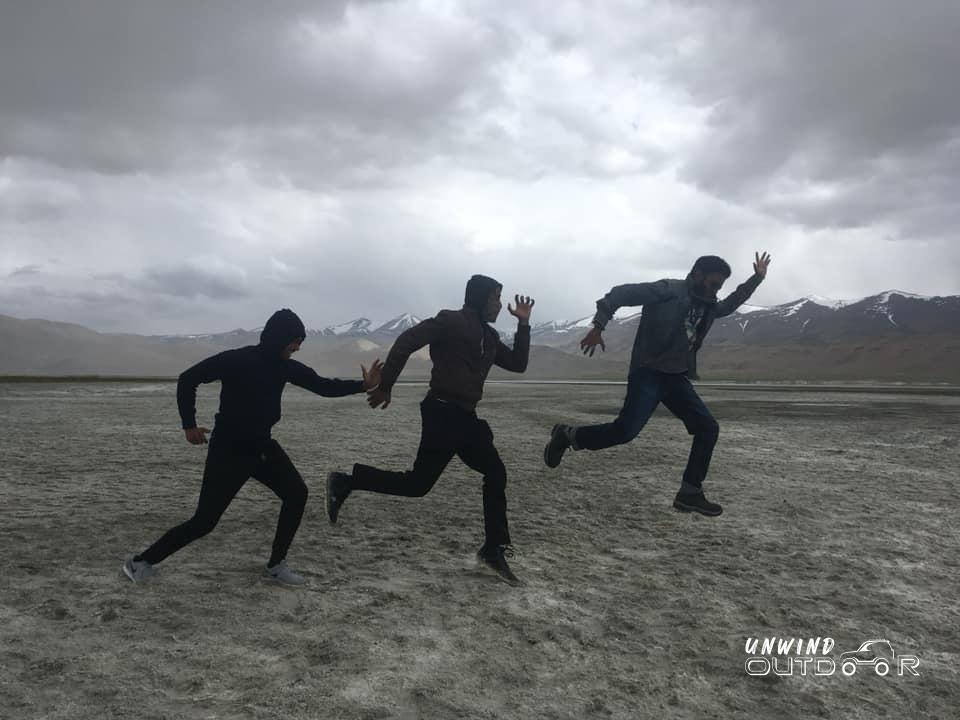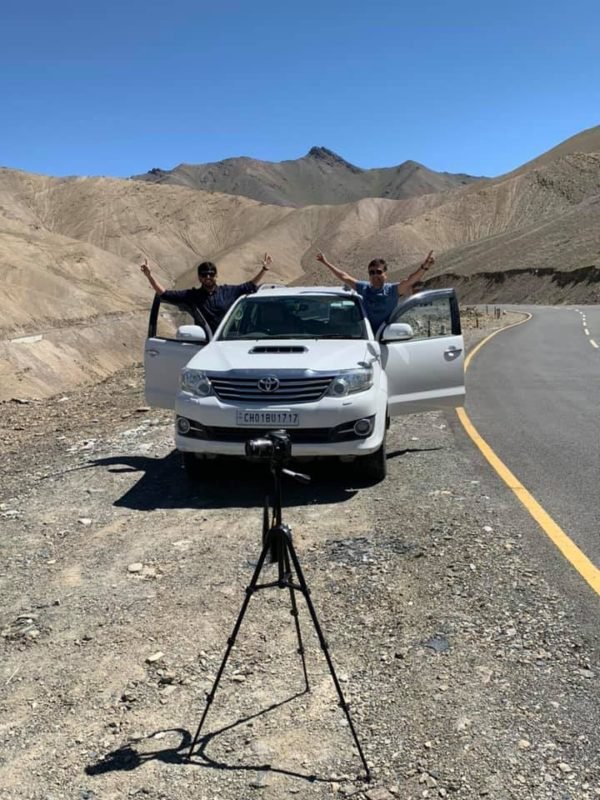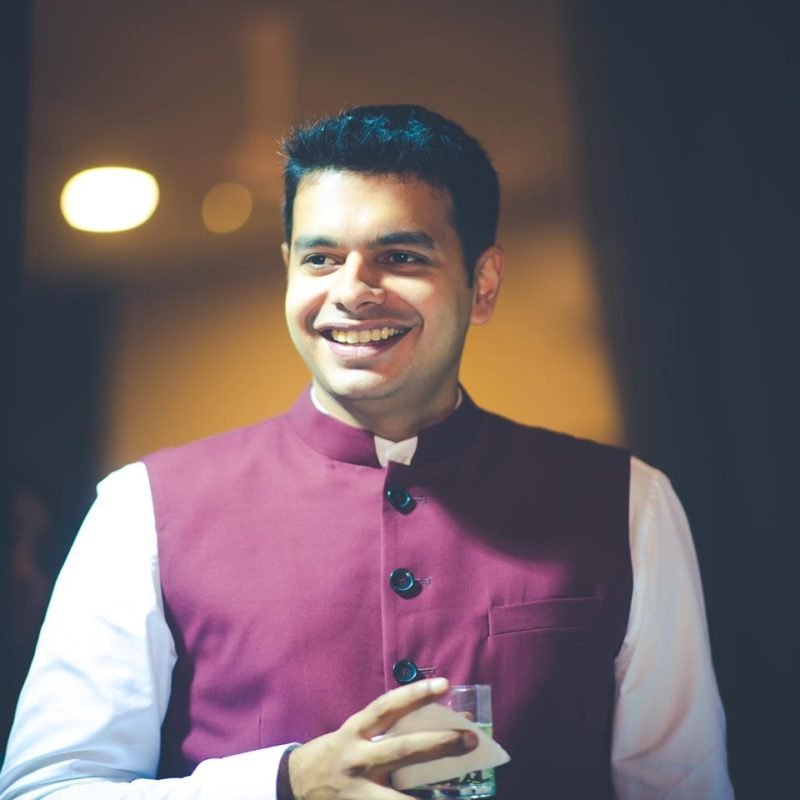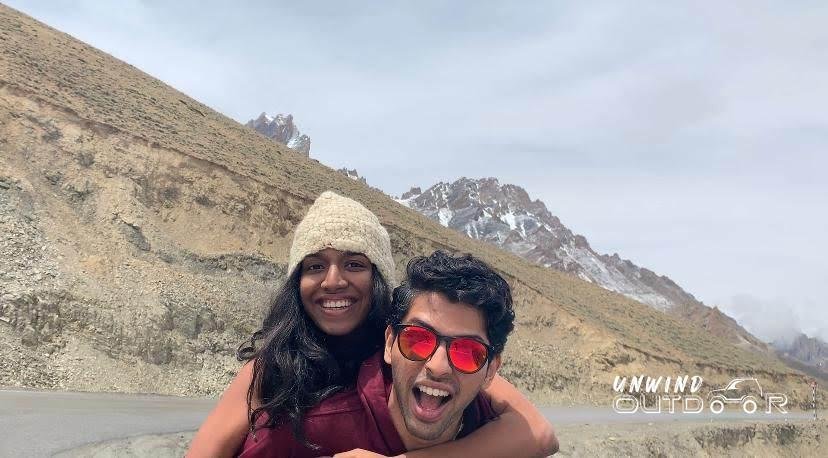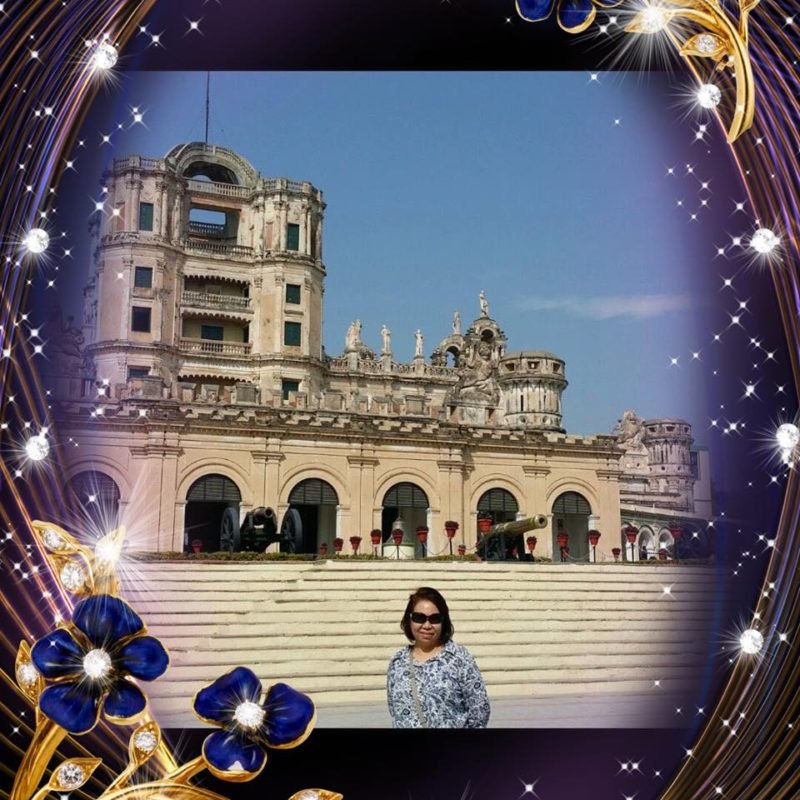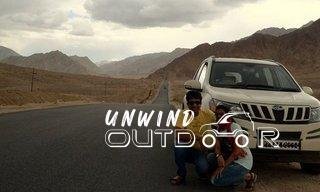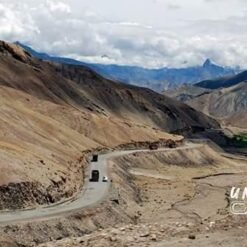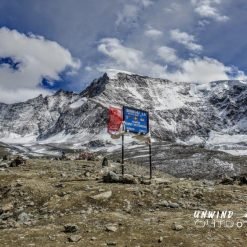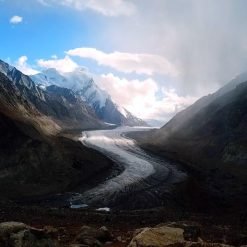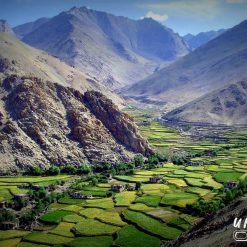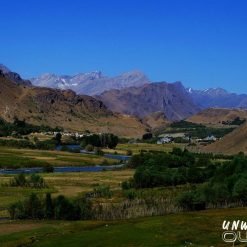Ladakh is one of the last standing places in the country with a variety of different tribes that have their own eccentric ancestry, rituals and habits. Their way of life will pique your curiosity and if you love getting to know a place by way of getting to know its people, we must recommend a detour to one of the tribal villages of Ladakh.
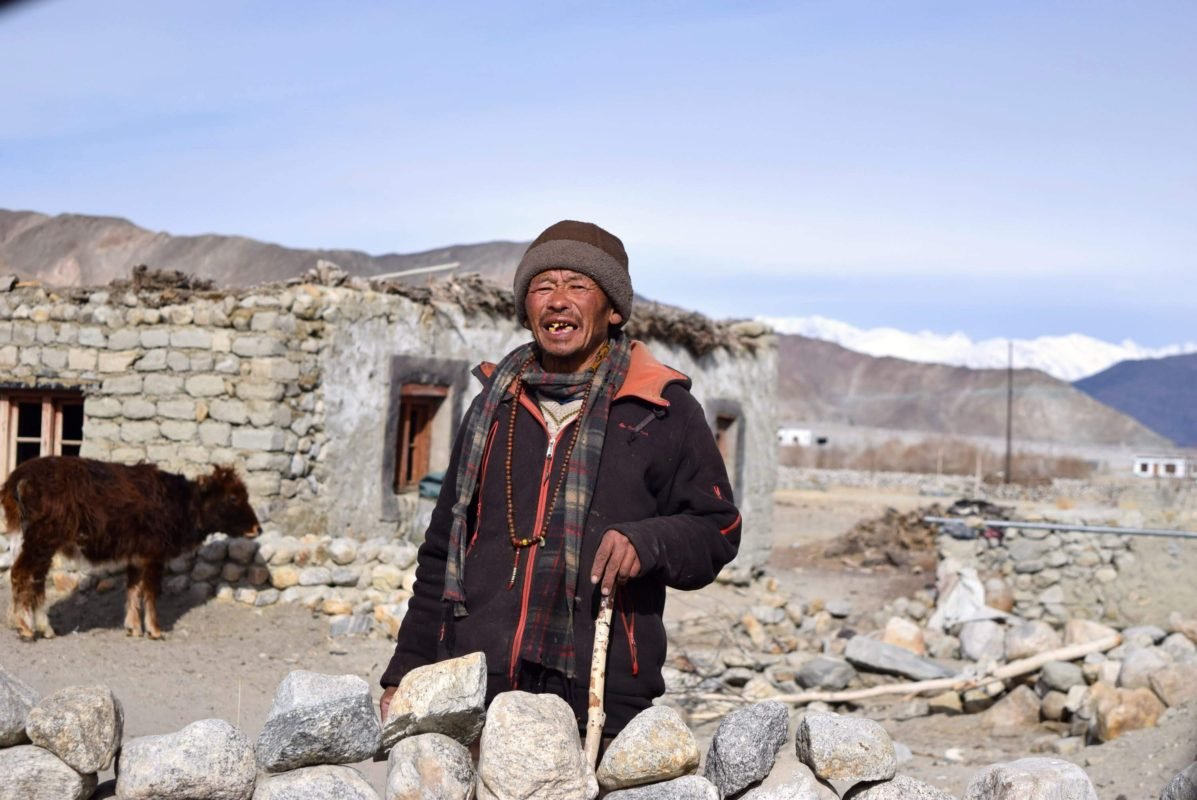
The land of high passes is home to a populace unlike any other in the world. Consisting mainly of Buddhists and some Muslims, these people have traditions and cultures that leave one spell-bound. Almost everyone is involved in agricultural work during the harvest season (with the exception of the nomads of Changthang) and the rest of the year is spent in hibernation, during which the Ladakhi festivals and rituals are out in full bloom. Dive into the rich cultural heritage of these communities by visiting the offbeat places in Ladakh for an experience you won’t regret.
Aryans
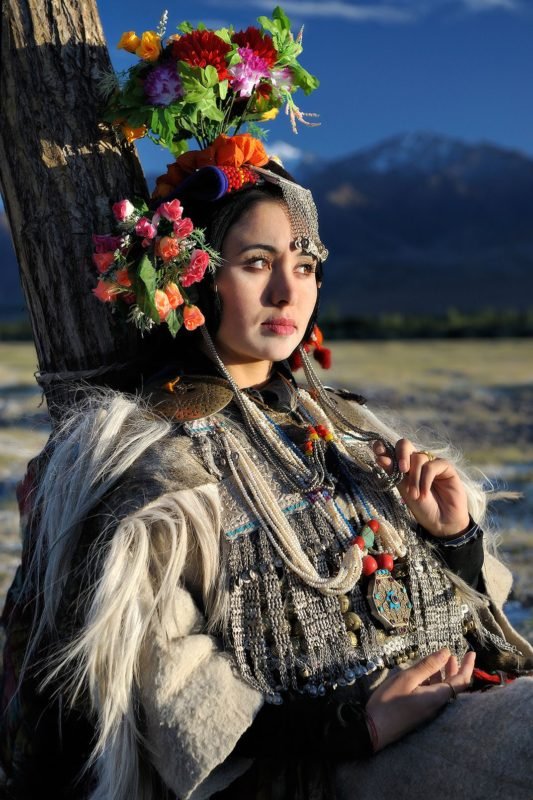
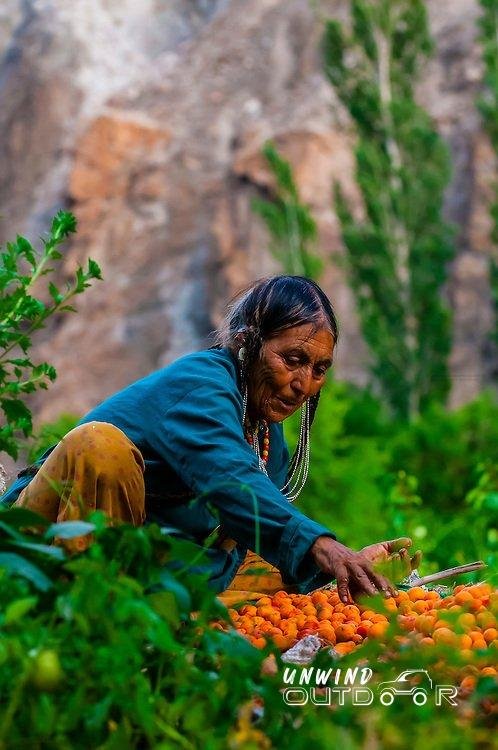
(A Brokpa woman dressed in traditional attire and their typical elaborate headgear)
With widespread conjecture over the origin of this community (some say their ancestors descended from Gilgit to the plains and some say they were lost men of Alexander’s army), the inhabitants of the Aryan community are unlike any in the region. Their sharp, distinguishing features and light eyes set them apart from the more Central-Asian looking Ladakhis. Further divided into Dards and Mons, this community has preserved their so-called ‘purity’ through the practice of endogamy. There was an instance when two German women came to this valley to be impregnated by the seed of pure Aryan blood. Whether you take these accounts with a pinch of salt or not, you will be in awe of the simple ways and warmth of this community. Dressed in traditional clothes with flowers and metal coins on their head, the women may take on more than one husband.
The Aryan Valley comprises the villages of Dah, Hanu, Garkon and Dakchik. We recommend visiting one of these for the opportunity to peek into the lives of a remote tribe, their ecological ways of living and the beauty of the villages. One can visit the villages of Dah-Hanu from Kargil or Leh and stay overnight as the journey from Leh could take about 5 hours. Once you arrive at these villages, we can arrange a local lunch experience and a chance to interact with these tribes, who you will find warm and welcoming. Stay overnight at one of the homestays to make the experience even better.
Balti
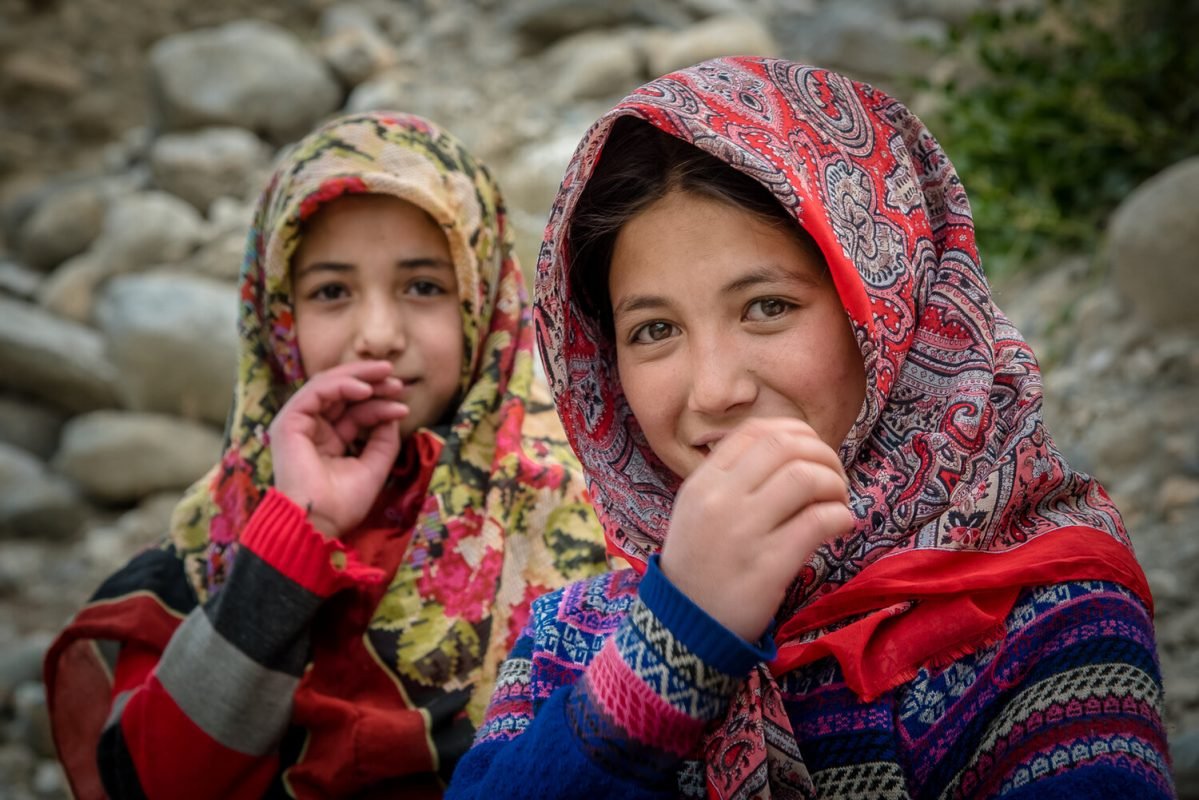
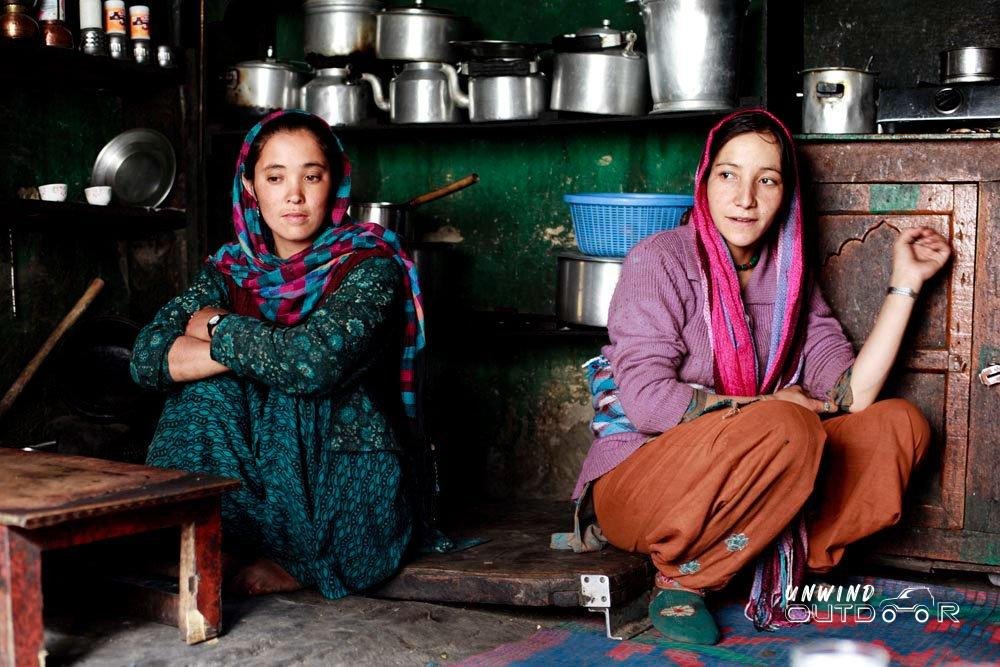
© Ayash Basu. Young Balti girls blush at the sight of outsiders, quickly rushing to play in the fields. They are shy in front of the camera, yet make sure to sport a warm smile to visitors.
Originating from Baltistan (present-day Pakistan Occupied Kashmir ), the Baltis have settled in the Turtuk Village mainly and some other parts of Kargil and Sankoo. Turtuk was part of Pakistan until 1971 and many Baltis still have relatives on the other side of the border. Originally Buddhists, the wave of Islam encroaching from the left caused the people to convert to Muslims. Although the Baltis try to preserve their cultural identity, contact with both Dards and Tibetan Buddhists have caused geographical mixing.
A trip to Turtuk is an invaluable experience in our opinion. It combines the very best of nature and culture. Easily incorporated as a day trip from Hunder in Nubra Valley, it takes about 3 hours to get here. Spend the day having an authentic Balti lunch, stroll around in the fields and visit the local museum. Spend a languid day here and head back to Hunder for the night.
Changpa
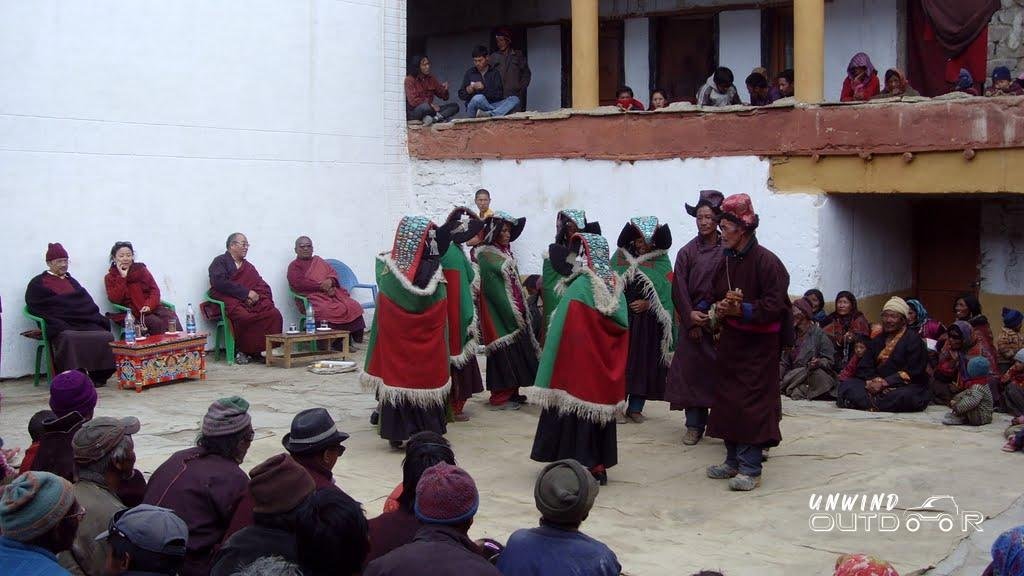
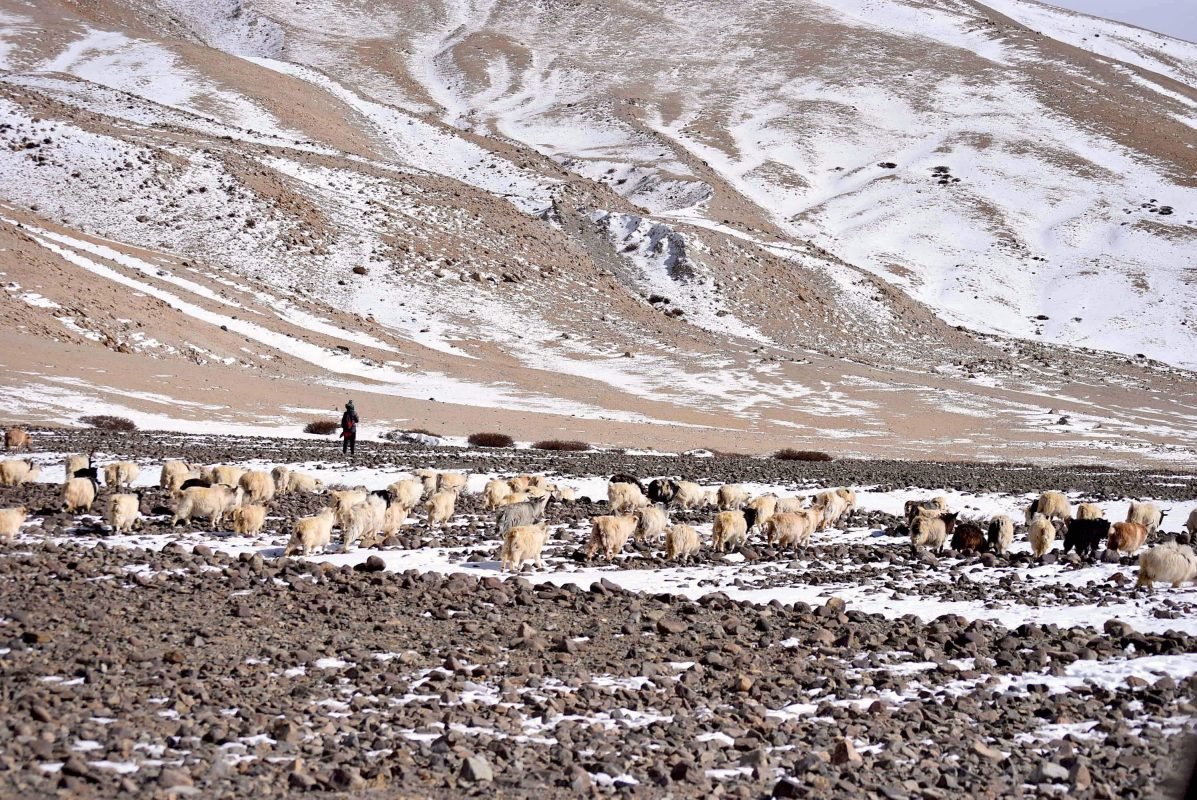
No other tribe in the region is as eccentric to travellers as the semi-nomadic Changpas. They move about the stunning landscapes of Changthang, rearing yak, sheep and other animals. The Changpas are Buddhists and follow the Dalai Lama. The Pashmina sheep are the main source of livelihood for this tribe. They use the milk from these sheep for self-consumption, making cheese and butter as well as for barter. However, the main use of these sheep is their wool which is used for weaving the much sought-after cashmere. The rising prices of cashmere have ensured better livelihood for the Changpas and as a result, many of them have chosen to settle down in one place. However, the majority continues to live a nomadic lifestyle.
One of the most eccentric tribes in the region, interacting with Changpas is not something that everyone does on their trip to Ladakh. However, it can easily be included in the itinerary as a day trip from Pangong Tso. One only needs to put up in one of the villages a little farther from Pangong, such as Mann. From here, after a good night’s sleep, we can organize a trip to Merak where you can have lunch with these nomads. If you’d like to make it a more immersive experience, spend a few more days in the Changthang region and go to Tso Kar or Hanle and see these tribes closely.



